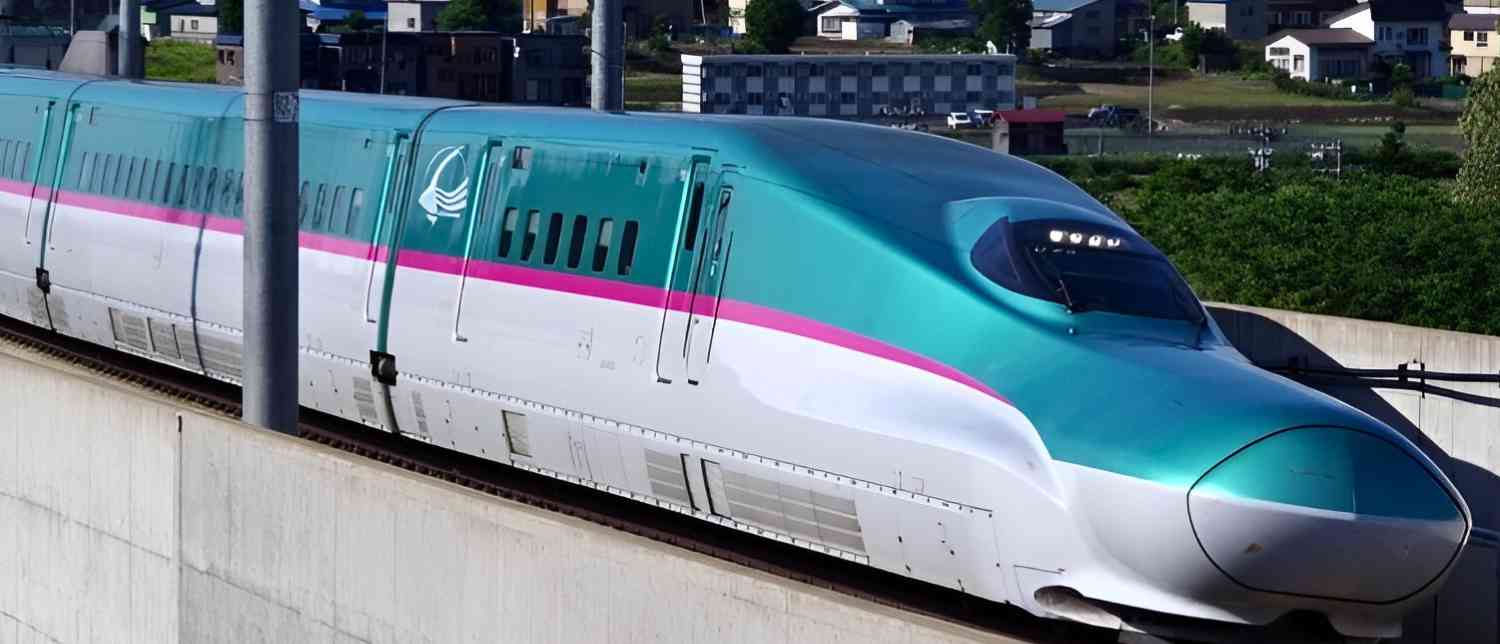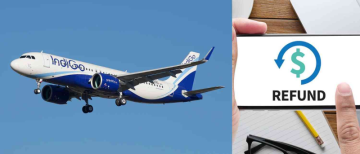India is set to join the ranks of countries offering high-speed rail travel, as the nation’s first bullet train is scheduled to launch in August 2027. This long-awaited project, officially known as the Mumbai–Ahmedabad High-Speed Rail Corridor, promises to connect the two cities in about 2 hours and 7 minutes, a significant improvement compared to the current travel time of nearly 7 hours by conventional trains.
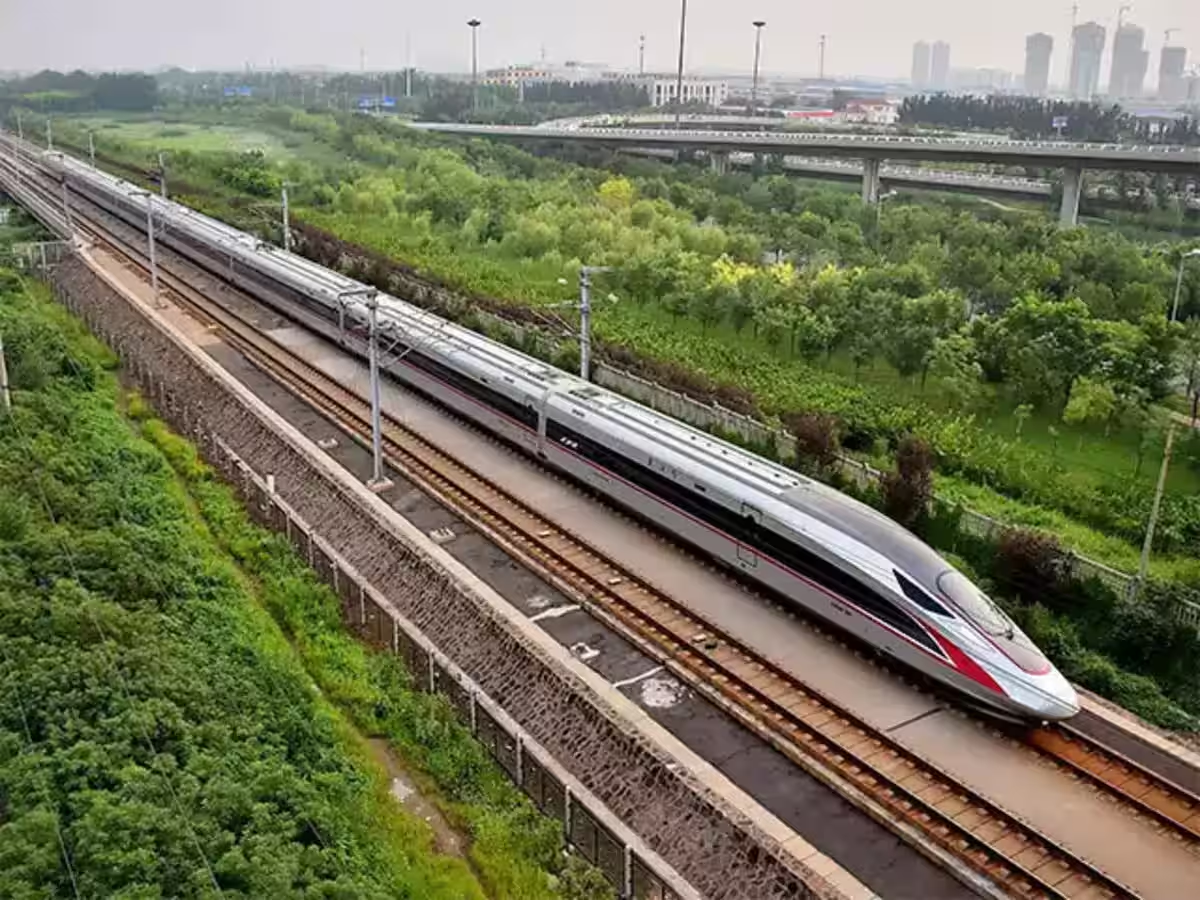
The idea of a bullet train in India was first discussed more than a decade ago, inspired by Japan’s famed Shinkansen network. In 2017, India and Japan signed an agreement for the project, with funding support through low-interest loans and technology transfers. Construction began in 2018, but the work faced multiple delays due to land acquisition challenges, environmental clearances, and the COVID-19 pandemic.
Now, with most key hurdles resolved and rapid construction underway, officials are confident that the first high-speed rail line will be up and running by August 2027. The project is managed by the National High-Speed Rail Corporation Limited (NHSRCL) and will use Japan’s cutting-edge E5 Series Shinkansen technology for safety and efficiency.
The bullet train will run at speeds up to 320 km/h, making it the fastest train in India’s history. With modern, aerodynamic design and advanced signalling systems, it is expected to offer passengers an experience vastly different from regular trains.
Each train will have multiple classes, including standard, business, and a special premium class, featuring reclining seats, spacious legroom, and onboard catering. It will also have dedicated areas for wheelchair access, family-friendly zones, and advanced toilet facilities, ensuring comfort for travellers of all ages.
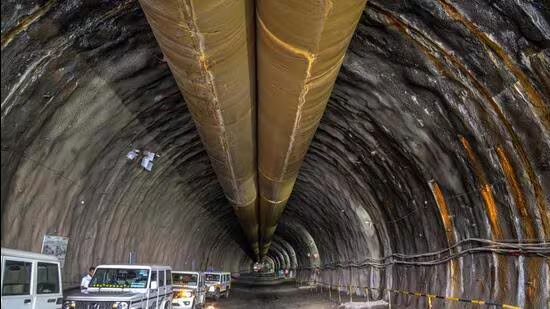
High-speed rail is often seen as a more environmentally friendly alternative to air travel, particularly for medium distances. Electric-powered bullet trains produce fewer greenhouse gas emissions compared to airplanes and heavily reduce road congestion. The Mumbai–Ahmedabad line aims to set a benchmark for sustainable transport in India.
Economically, the project is likely to boost business and tourism between Maharashtra and Gujarat. Faster travel could encourage more professionals to commute between cities, open up new trade opportunities, and make weekend getaways easier for families. Real estate values along the route are already rising, with towns like Surat and Vadodara expecting increased investment once the train begins operations.
One of the strongest selling points for the bullet train is its emphasis on safety. Japan’s Shinkansen system has been operating since 1964 without major accidents, thanks to advanced earthquake detection, automatic brakes, and meticulous maintenance standards. India’s version will adopt these safety measures, ensuring secure journeys even during challenging weather conditions.
While the launch date is promising, the project still faces challenges. Completing complex infrastructure in time will require efficient coordination between different agencies, timely delivery of imported components, and uninterrupted funding. There is also ongoing debate about ticket prices—balancing affordability with recovering construction costs will be crucial for public acceptance.
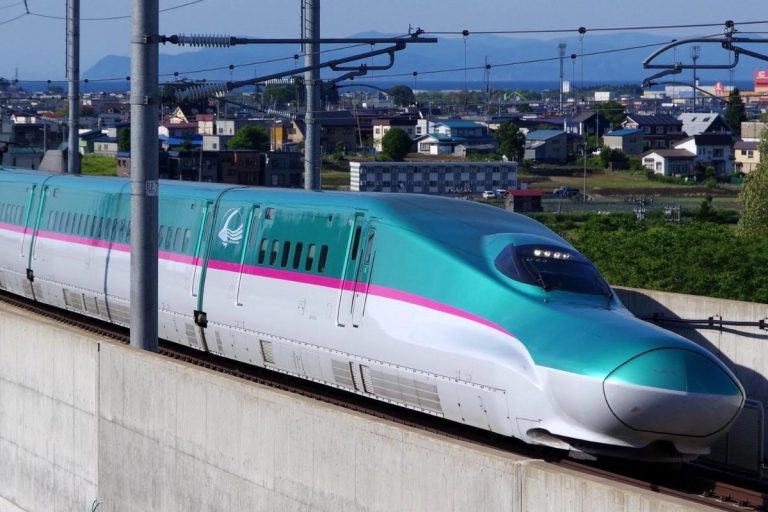
Some environmental groups have raised concerns about the impact of construction on local ecosystems, particularly mangroves near Mumbai. Ensuring minimal damage and effective compensatory measures will be vital for maintaining public trust.
When the bullet train makes its maiden journey in August 2027, it will mark more than just a technological achievement; it will represent the beginning of a new chapter in India’s ambition to modernise its infrastructure. For school children visiting relatives in another city, for professionals handling meetings across states, for tourists discovering a new place the very same day they left home—the bullet train will make journeys faster, easier, and more enjoyable.
There is also a symbolic element to this launch. India will join a select group of nations—such as Japan, France, and China—that operate high-speed rail networks. It’s a sign that the country is ready to invest in world-class transportation systems and innovate for the future.
It is tempting to focus only on the numbers—top speed, reduced travel time, and glossy trains—but the bullet train should also be seen as a statement of intent. India’s challenge in the coming years will be ensuring that high-speed rail doesn’t remain a luxury for a few but becomes an accessible, reliable part of everyday travel. Lessons from countries that have expanded their bullet train networks suggest that affordability, punctuality, and integration with local transport are just as important as speed.
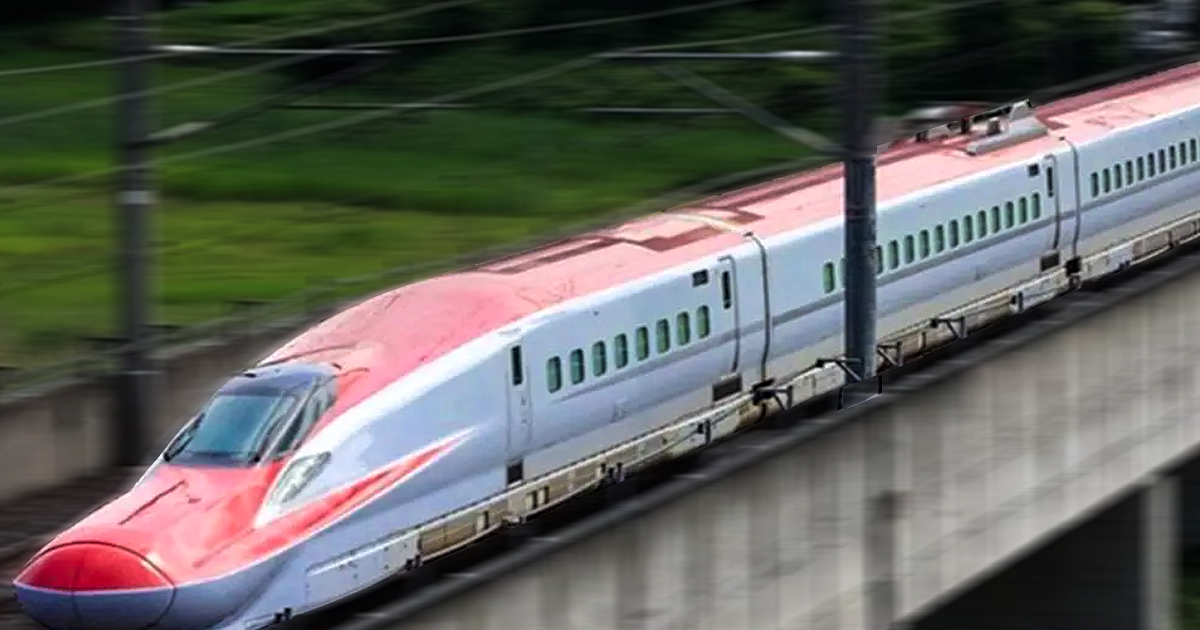
If India gets this balance right, the August 2027 launch could set the tone for future corridors, connecting more cities and perhaps even reducing dependence on short-haul flights. In that sense, the first journey between Mumbai and Ahmedabad will be more than a fast trip—it could be the first step towards a nationwide high-speed rail revolution.
With inputs from agencies
Image Source: Multiple agencies
© Copyright 2025. All Rights Reserved. Powered by Vygr Media.

